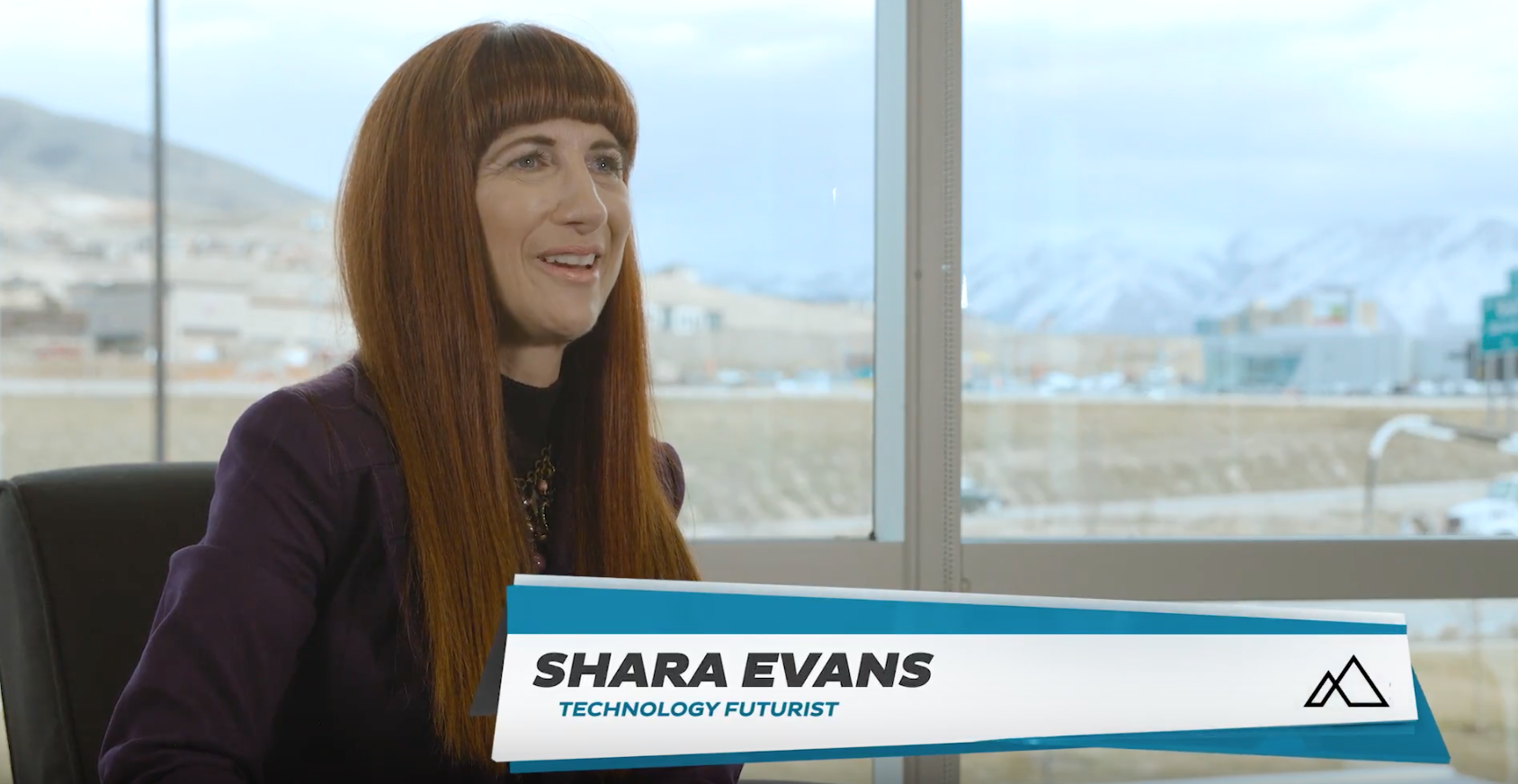How Financial Institutions Can Leverage AI While Maintaining the Human Touch
June 5, 2025 | 2 min read

 Blog
Blog
April 12, 2017|0 min read
Copied

We interviewed Shara Evans, a technology futurist based out of Australia, to explore what the future of banking looks like. In this video, which is the first in a series, we discuss three major trends facing the industry today. You can view the video and read the transcript below.
Hi, my name is Shara Evans and I am a technology futurist and keynote speaker. I get to go into research labs all over the world and talk to scientists about the stuff that’s just being concocted right now, and I love to base my predictions on hard science, plus imagination. But it’s the hard science that puts the reality into the predictions. You’ve got to see what’s being worked on in the research labs and where money is being spent and if you put that together with the imagination then you can start to envisage what the world is going to look like in 5 years, 10 years, and 20 years and beyond.
If I look out over the next ten years, there are three mega trends that I believe will impact everybody’s life in an everyday way. The first is that new technologies and new devices are going to bring with them a world of new opportunities, and they’re going to change the way we interact with the environment. So if you think about the introduction of smart phones, that’s less than ten years ago. And today people probably would turn around and go back home if they’d left their phone at home. It can be that game changing. The second mega trend is that everything, I mean literally everything, is going to be connected to the internet including our bodies as humans. And the third mega trend is that everything that can automated will be automated, but conversely if something can’t be automated it’s going to be even more valuable.
If I look out over the next 10 years I see 3 game changing megatrends. The first is that new devices and new technologies will bring a wealth of new opportunities. The second is that everything, and I mean everything, is going to be connected to the internet; even our bodies. And the third is that anything that can be automated will be automated, but conversely if it can’t be automated it will become increasingly more valuable.
When it comes to banking in the future, I believe that the most successful banks are going to focus on adding value to their customers’ transactions. Because if it can be automated and it’s cheaper to do it in an automated fashion, a customer’s more likely to switch banks quickly. And already in the UK there’s a switch process that makes it very very easy to go from one banking institution to another, and they change all of your debits and your normal charges and if there’s a problem they sort it out for you.
So with that kind of technology in place, to keep someone sticking to your bank you’ve got to add value. You’ve got to be able to say to them at a time when they need extra financial support because they want to buy a new car. Maybe you would know that their car is 8 years old and the model is a little bit obsolete and their family has grown a bit and it’s now time. Then you make the right offer to them for a fantastic loan. Or you make them an offer that says we will price match any other offer in the market that has the same features. You will be guaranteed to pay the lowest interest rate through the whole life of your loan, not just at the point that you sign up, but all the way through the 3 year or the 5 year period when you sign with us.
You can have the confidence that we’re always going to look after you and give you the very best deal. I think there are some really creative things that the financial industry can do by harnessing big data, but it has to be with the permission of your customer. Because if you start to send very targeted information to a customer that has not specifically given you permission to have that information, it’s going to come across as creepy and weird and that could actually be the catalyst for someone to turn away.
So when it comes to financial transactions, one of the fundamental pillars is trust. Whether it’s with an existing organization you’ve been banking with for the last 10 years or a new company, if I see a new company come on the horizon and suddenly they want access to all of my bank accounts and credit cards, my radar automatically goes up, because I don’t know who this company is. They’re a start up. How are they going to use my data? Might they be bought by someone else? Might they even have the right security in place to prevent them from being hacked? And I as an individual would be very reluctant to put my trust in a company without knowing that they’ve got the right security procedures in place. To not only protect my data, but to protect my privacy as well. So building that trust factor I think is something that the financial industry really needs to work toward with people, especially as we move into this world where transactions can be done automated potentially at a lower fee from the big companies.
June 5, 2025 | 2 min read
Feb 18, 2025 | 1 min read
Jan 30, 2025 | 2 min read
